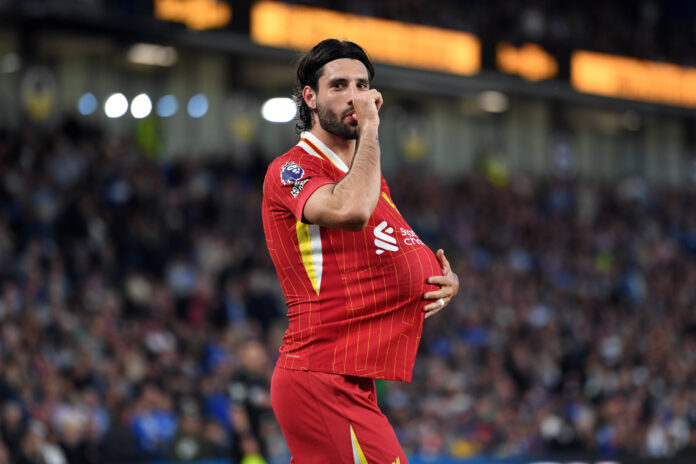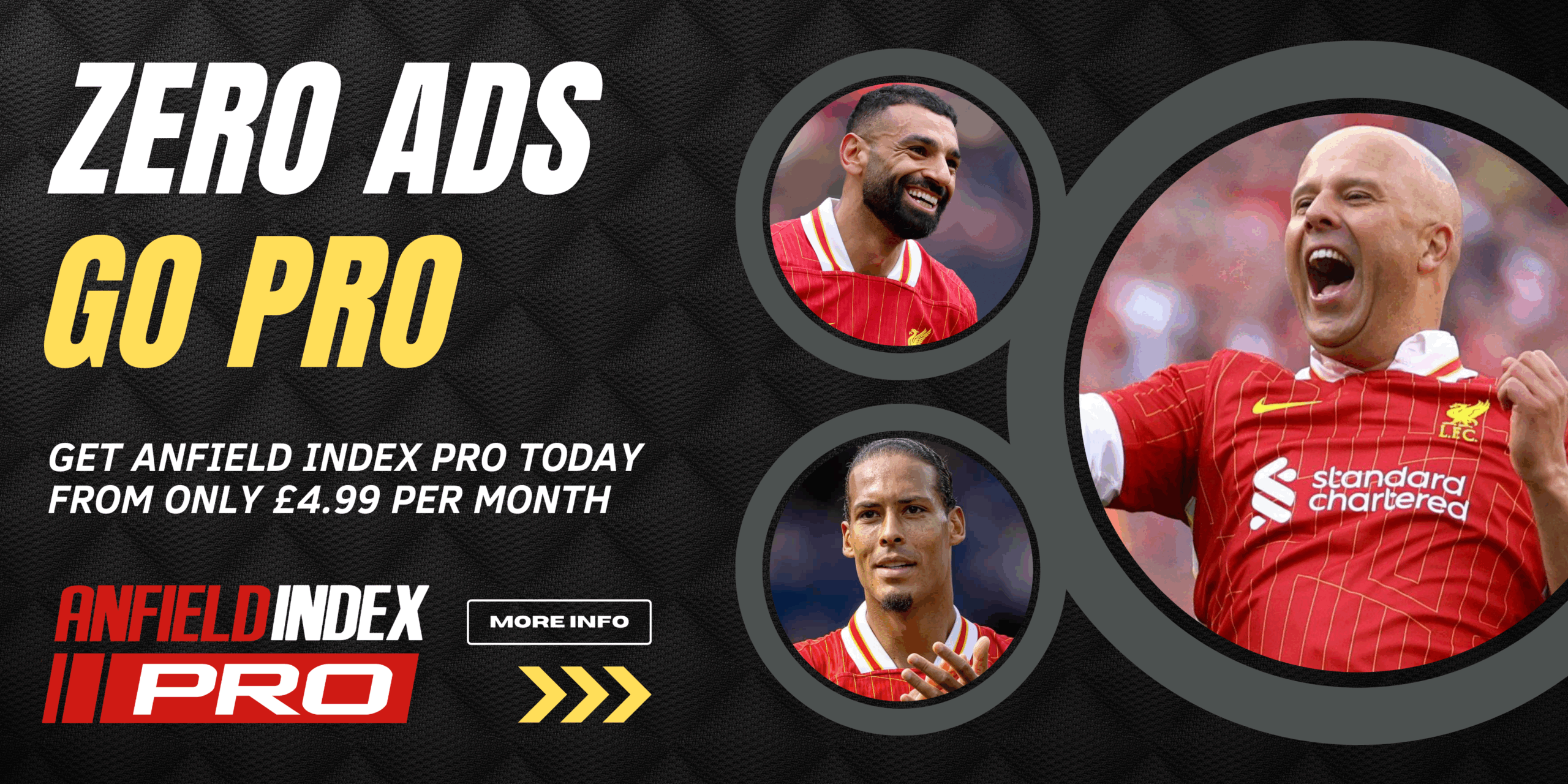In this article, we will determine the best midfield line-up in Liverpool’s history. Remember, we are selecting a symbolic team based on a 4-4-2 formation.
Right midfielder/winger
Kevin Keegan
Played for the team: 1971–1977
Matches: 323
Goals: 100
Kevin Keegan was one of the biggest English stars of his time. A charismatic and talented forward, his speed and work ethic helped Liverpool reach new heights almost immediately after his transfer in 1971.
His spell at Anfield lasted six years, during which he formed a legendary partnership with John Toshack and won the UEFA Cup, the English league title, the FA Cup, and the European Cup in his final season.
Thanks to his talent and scoring instinct, he netted 100 goals in 323 appearances for the Reds.
Mohamed Salah
Played for the team: 2017-present
Matches: 151
Goals: 94
After joining from Roma for €42 million in 2017, Mohamed Salah exceeded all expectations and became a key figure in Liverpool’s modern era of success. In his first season with the Reds, the Egyptian forward amazed everyone with his scoring prowess, netting a record 32 goals in a single Premier League campaign. Alongside his teammates, he reached the Champions League final, and his early injury arguably shaped the disappointing outcome against Real Madrid. Nevertheless, his personal achievements earned him the titles of PFA Player of the Year and African Footballer of the Year.
In the following season, Salah’s scoring rate dipped slightly, but Liverpool improved collectively and finally lifted the long-awaited Champions League trophy, with Salah himself opening the scoring in the final against Tottenham from the penalty spot. That same period marked Liverpool’s return to the summit of English football, as the Merseyside front three led by Salah guided the club to their first Premier League title in 30 years. For fans enjoying the excitement of the game off the pitch, exploring offers like the Wanted Win Casino no deposit bonus can bring a similar sense of anticipation and reward — much like watching Salah step up when it matters most.
Central midfielders
Ian Callaghan
Played for the team: 1959-1978
Matches: 857
Goals: 68
Ian Callaghan is one of the most iconic figures in Liverpool’s history — a player about whom fans still tell stories and who holds the club record for the most appearances, with 857 matches.
A product of Liverpool’s youth academy, the midfielder broke into the first team in the late 1950s, when Bill Shankly was already at the helm and the club was competing in the Second Division. Over nearly two decades in the red shirt, the Englishman not only helped Liverpool return to the top flight but also played a major role in securing numerous trophies, both domestically and in Europe.
His list of honours includes five English league titles, two FA Cups, two UEFA Cups, and two European Cups. Callaghan left Anfield after his second European Cup triumph and went on to play for several teams across England, the United States, Australia, and Ireland.
In 1966, he was part of the England squad that won the World Cup on home soil, although he did not feature in any matches.
Graham Souness
Played for the team: 1978-1986
Matches: 359
Goals: 55
As a player, Souness was one of the rare few who combined sheer physicality with outstanding technical skill. He could be as fierce as a rhinoceros one moment and bring grace to the game with a delicate touch the next. The Scot dominated the centre of the pitch in what many regard as the greatest Liverpool side in history, leading them through one of their most successful eras.
After joining Liverpool in early 1978, he lifted the European Cup with the team just a few months later. In 1982, he became club captain and went on to win the English league title. Two years later, he led the Reds to a memorable treble, claiming the league championship, the League Cup, and the European Cup. At the height of his career with Liverpool, Souness made the bold decision to move to Italy, joining Sampdoria.
He later returned to Anfield in the early 1990s, this time as manager. His tenure was far less successful than his playing days, with the only major silverware being the FA Cup in the 1991–92 season.
Steven Gerrard
Played for the team: 1998-2015
Matches: 710
Goals: 186
Steven Gerrard is widely regarded as the greatest player in Liverpool’s history, having spent 17 remarkable seasons with his boyhood club — even though much of that time came during one of its less dominant eras. The Englishman was among the finest midfielders of his generation, beginning his career as a dynamic box-to-box player, later excelling in the number 10 role, and eventually dictating play from a deeper position in his later years.
It was his inspirational display in the 2005 Champions League final in Istanbul that turned the tide against AC Milan, sparking one of the most iconic comebacks in football history and restoring Liverpool to the European summit.
Despite his many achievements, Gerrard’s career still carries a sense of unfinished business, as he never managed to win the Premier League title. His unfortunate slip against Chelsea in 2014 became a painful symbol of that near miss.
Nevertheless, his unwavering loyalty to the club and its values secured him a permanent place in the hearts of Liverpool fans — a legacy underscored by his top ranking in the club’s official list of ‘100 Players Who Shook the Kop’.
Xabi Alonso
Played for the team: 2004-2009
Matches: 210
Goals: 19
Xabi Alonso’s spell at Anfield may not match the longevity of other club legends, but he was undoubtedly one of Liverpool’s key figures in the mid-to-late 2000s. The Spaniard became a hero of the memorable 2005 Champions League final, scoring the equaliser that helped spark Liverpool’s incredible comeback against AC Milan. Alongside Steven Gerrard and Javier Mascherano, he formed one of the strongest midfield trios in English football at the time, admired for his vision, precision passing over any distance, and trademark long-range goals — some even from his own half.
Alonso left Liverpool in 2009 and went on to achieve even greater success with Real Madrid and Bayern Munich. He was also a vital part of Spain’s golden generation, winning two European Championships and the World Cup.
The midfielder later admitted that he never wanted to leave Liverpool, but manager Rafael Benítez insisted on his departure.
Left midfielder/winger
Ray Kennedy
Played for the team: 1974-1982
Matches: 393
Goals: 72
Ray Kennedy was Bill Shankly’s final signing as Liverpool manager, joining the club for a then-record fee of £200,000. However, it was under Bob Paisley that he truly flourished. At Arsenal, Kennedy had played as a forward, but after initially struggling to make an impact at Anfield, he found his place when moved to the left side of midfield — a switch that transformed his career.
During his time at Liverpool, Kennedy became one of the key figures in the team’s dominant era. Over eight seasons, he won five league titles and three European Cups, making 393 appearances and scoring 72 goals before leaving the club at the end of the 1981–82 campaign.
John Barnes
Played for the team: 1987-1997
Matches: 407
Goals: 108
Given his extraordinary ball control, influence on the pitch, and contribution to the club’s development, John Barnes ranks among the greatest players in Liverpool’s history. When the winger had the ball at his feet, opponents could rarely dispossess him — except when it was already in the back of the net.
Barnes joined Liverpool in 1987 and quickly became a star in what was still the country’s strongest team, even as it began to approach its decline. On the left wing, he was unstoppable: whether dribbling past defenders, combining with teammates, or driving straight towards goal, Barnes always carried a sense of danger. In his first season, he helped Liverpool win the league title and was named England’s Footballer of the Year. That success was soon followed by an FA Cup triumph and another championship.
After suffering a serious injury that cost him much of his pace, Barnes reinvented himself as a central midfielder. Using his vision, technique, and composure, he dictated the team’s play and eventually wore the captain’s armband. After leaving Liverpool, he continued his career with Newcastle United and Charlton Athletic.




